Samsung PL55 Review
Samsung PL55
12 megapixels and 5x zoom for under £110.
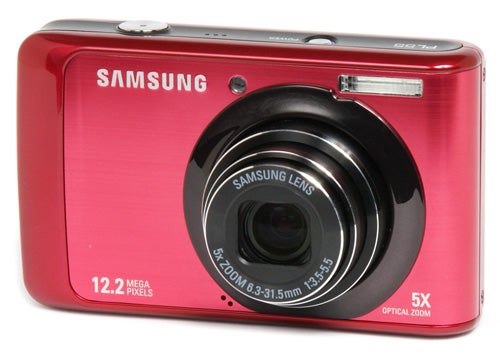
Verdict
Key Specifications
- Review Price: £105.00
South Korean industrial giant Samsung is the world’s largest conglomerate corporation, with subsidiaries making everything from satellites to supertankers. This means that its consumer electronics products, including its large and growing range of digital cameras, are made almost entirely from components produced by other branches of the same company, and therefore cost Samsung far less than equivalent cameras made by other companies, who have to buy in components such as LCD monitor screens, Lithium-ion batteries and zoom lenses from third-party suppliers. As a result Samsung is able to turn out relatively high-spec cameras for the price of other brands’ budget models.
Take today’s review camera for example. The PL55 is a mid-range point-and-shoot compact camera featuring a 5x optical zoom lens (equivalent to approximately 35-175mm), a 12.2-megapixel CCD sensor and a 2.7-inch LCD monitor. It has a solidly made all-metal body and is available in black, silver or the Fuchsia pink seen above. The specification may not sound that remarkable, but when you consider the PL55’s price of just £105 it represents a lot of camera for your money.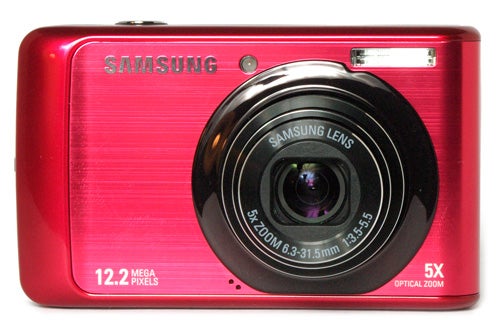
However while Samsung can do cheap mass production better than almost anyone, its design department still has plenty of room for improvement, and the PL55 has as many bad points as good ones. In some ways it’s very good; the overall build quality is excellent and the styling is attractive and contemporary. It is nice and light, and the smooth rounded shape slips easily into a shirt pocket. However the control layout on the back leaves no room for the thumb, and the shiny gloss finish is very slippery and difficult to grip securely despite the vestigial finger-grip on the front. The LCD monitor is impressively sharp with a good fast refresh rate, but it has a restricted angle of view and is very prone to reflection and glare, making it difficult to see in sunlight.
It’s not all bad news though. Like most of the other Samsung cameras we’ve seen recently the PL55 does show encouraging signs of improvement. It features a new menu system which is a much better than that found on older models. Instead of three different menu systems controlled by three different buttons it just has one main menu for major camera settings and a live function menu for frequently used shooting settings. The menus are attractively designed, easy to navigate and are well integrated to work together. It’s a significant improvement and makes the camera a lot easier to use than older models which could be annoyingly fiddly.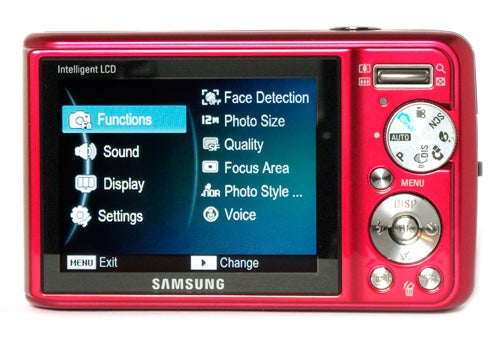
It does still retain some bad habits from previous models though. The buttons and D-pad are labelled with etched symbols that are almost invisible even in good light, but the zoom control has been improved and is now a lot smoother and more responsive, allowing accurate framing.
The PL55 is a fairly basic point-and-shoot camera, but it does have a number of useful automatic features. As well as the usual program auto and full auto modes, it has an easy-to-use Smart Auto mode with and effective scene recognition feature. It has a scene mode with 12 scene programs, including a “Beauty Mode” which smooths skin tones. It also has a handy Photo Help Guide, which explains which camera functions to get the best results in difficult conditions.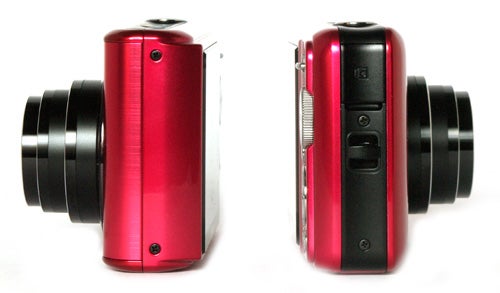
The PL55 only has digital image stabilisation, and the video recording mode is only 640 x 480 at 30fps, but like most Samsung cameras the optical zoom can be used while recording, although the sound of the motor can be clearly heard on the recorded mono soundtrack. Maximum recording time is limited only by the memory card capacity.
The camera’s performance also has its good and bad points. The start-up time is very quick at around 1.5 seconds, and the shot-to-shot time of approximately 1.8 seconds is also impressive. In continuous shooting mode it can manage a shot every 1.3 seconds, but after the first shot there is no audio cue to let you know when a shot is being taken. There is also a motion capture setting which can shoot at 5fps but only at VGA resolution, and auto exposure bracketing. 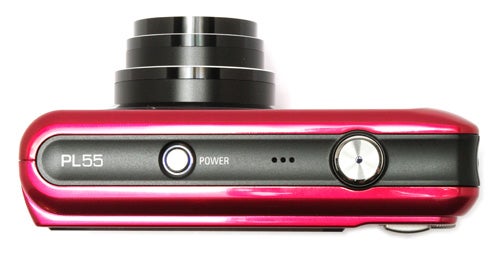
One major handicap is the autofocus system, which is slow and extremely unreliable, with virtually non-existent low light performance despite the AF assist lamp. Even in bright daylight It frequently failed to focus on normal high contrast subjects for no apparent reason. The however flash is reasonably powerful, and easily fills a five meter room, with a recycle time of around five seconds.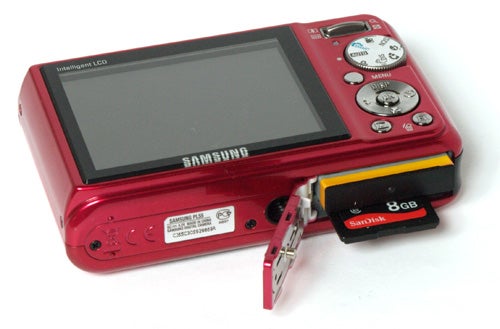
The same ‘Curate’s egg’ theme extends to picture quality. Exposure metering is reasonably consistent although with a tendency to over-expose, and image noise is well controlled at 400 ISO, but images are massively over-sharpened and colour rendition is very inaccurate, rendering a blue sky as duck-egg green. The lens is also very prone to blurred corners in wide-angle mode, and suffers badly from chromatic aberration.
”’Verdict”’
The Samsung PL55 is a confusing camera. On the one hand it is well made, attractively styled and has a good range of features for the price, but on the other it suffers from a number of annoying flaws, including disappointing image quality. It’s a bargain, but not necessarily a good one.
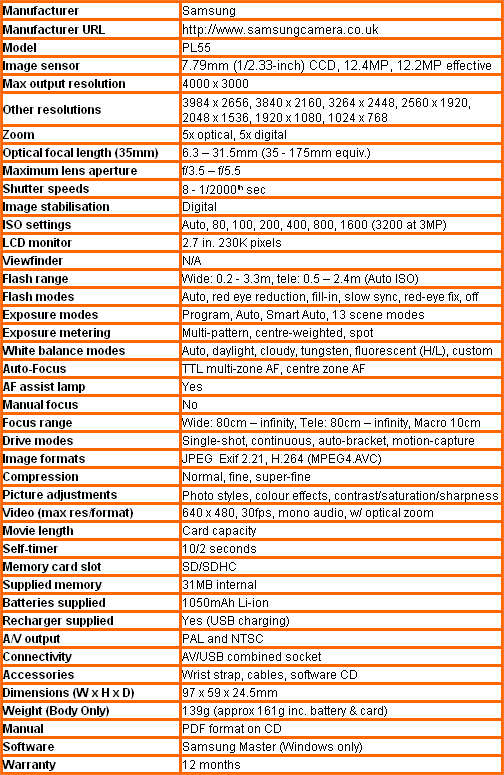
”Over the next few pages we show a range of test shots. On this page the full size image at the minimum and maximum ISO settings have been reduced to let you see the full image, and a series of full resolution crops have taken from original images at a range of ISO settings to show the overall image quality. These pictures were taken indoors using shaded natural light. ”
—-
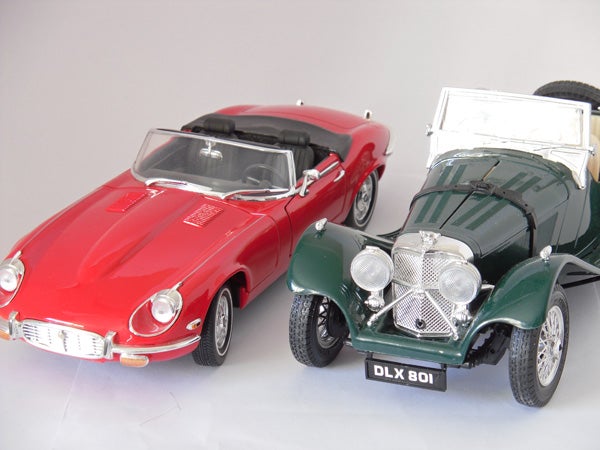
This is the full frame at 80 ISO.
—-
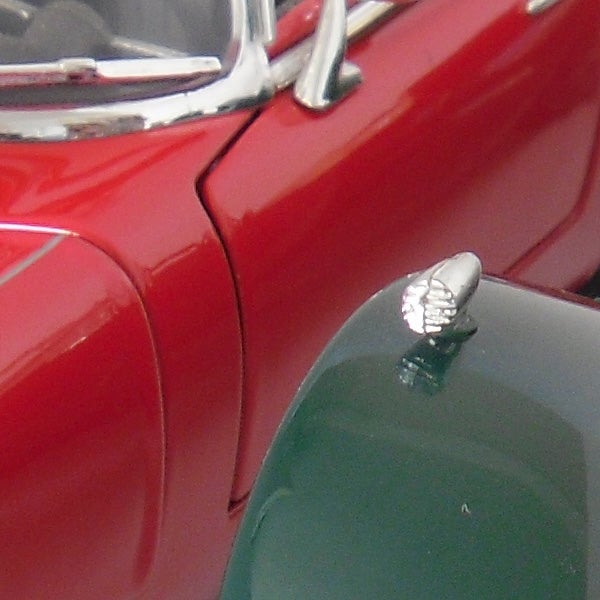
At the minimum ISO setting the image is clean and well detailed, with smooth colour gradients.
—-
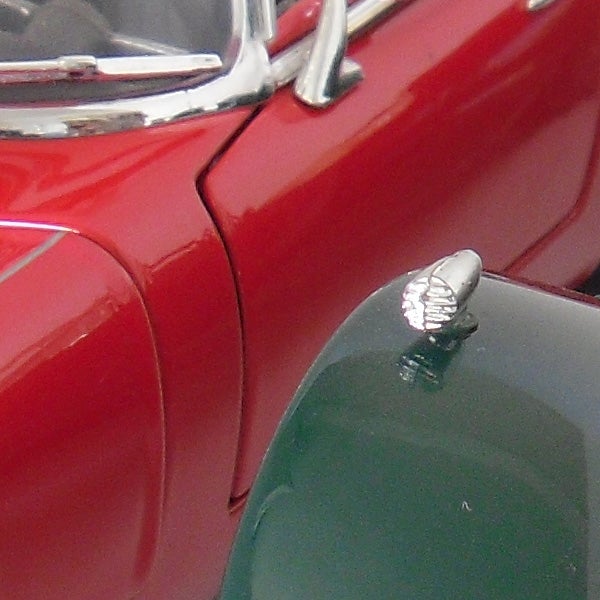
Already at 100 ISO there is a little colour mottling on the green area.
—-
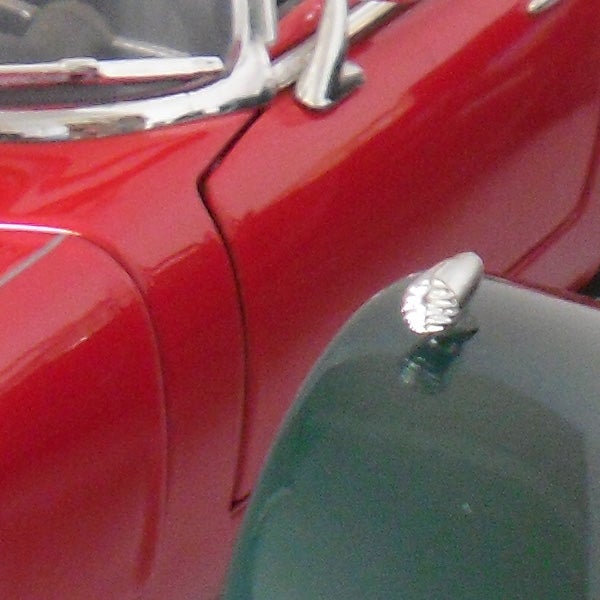
At 200 ISO the noise reduction is already starting to reduce the level of fine detail.
—-
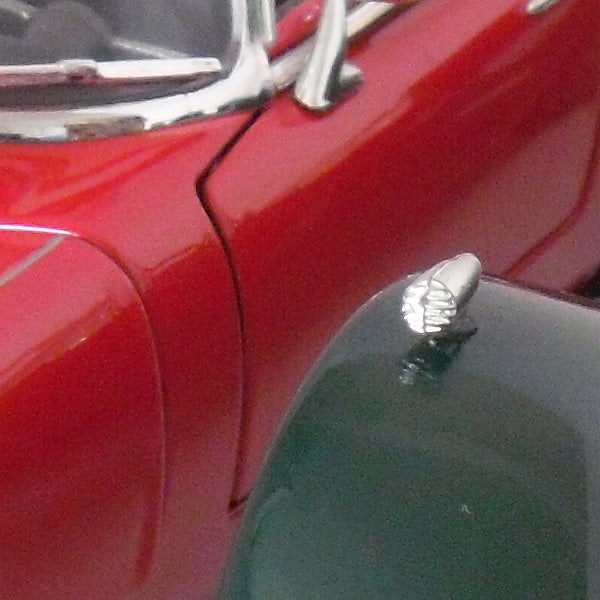
Noise is starting to become clearly visible at 400 ISO.
—-
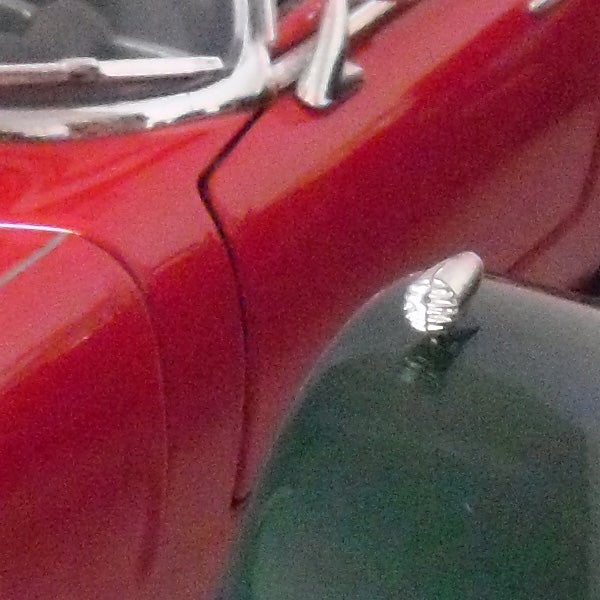
800 ISO and more detail is lost. Colour is also starting to become somewhat random.
—-
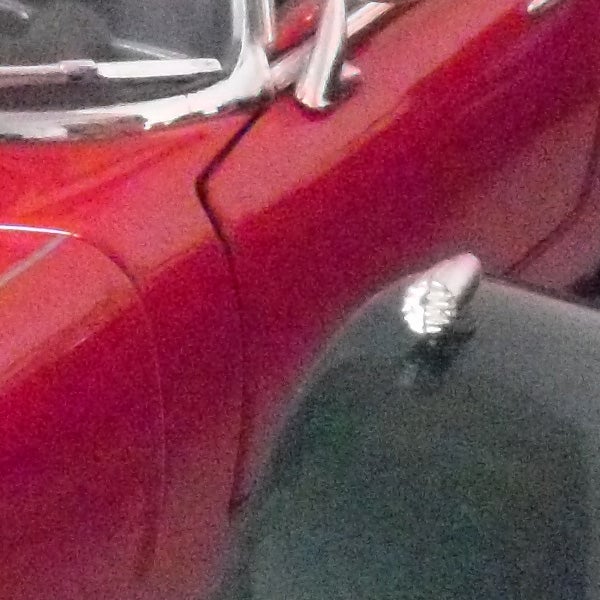
The image is very noisy at 1600 ISO, and the colour gradients are very blocky.
—-
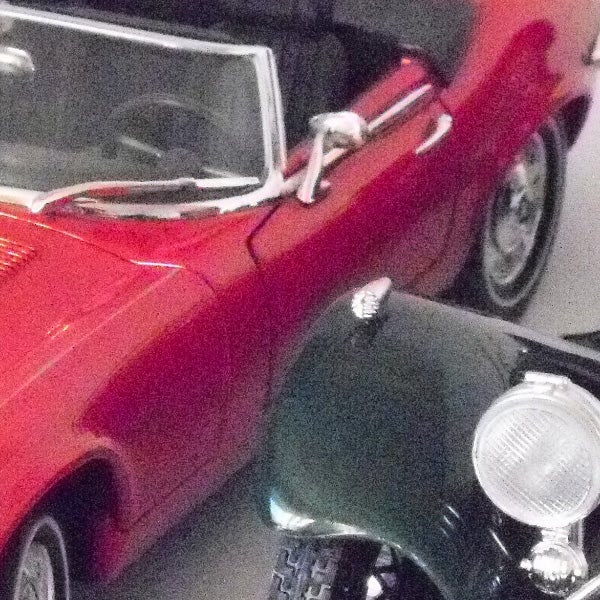
3200 ISO is available at 3MP, but the picture quality is not very good.
—-
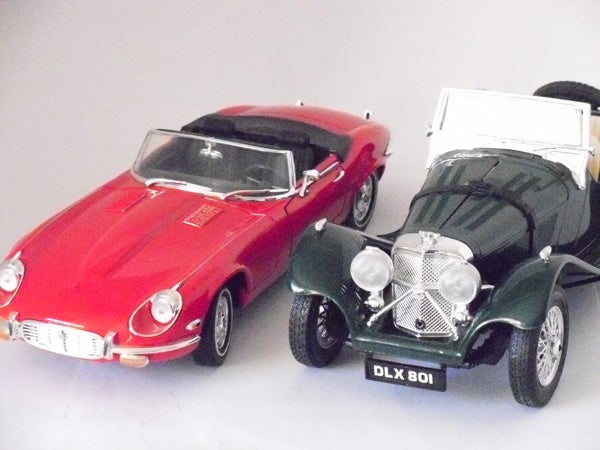
This is the full frame at 3200 ISO.
—-
”A range of general test shots are shown over the next two pages. In some cases, the full size image has been reduced for bandwidth purposes, and a crop taken from the original full resolution image has been placed below it to show the overall image quality. Some other pictures may be clicked to view the original full-size image. ”
—-
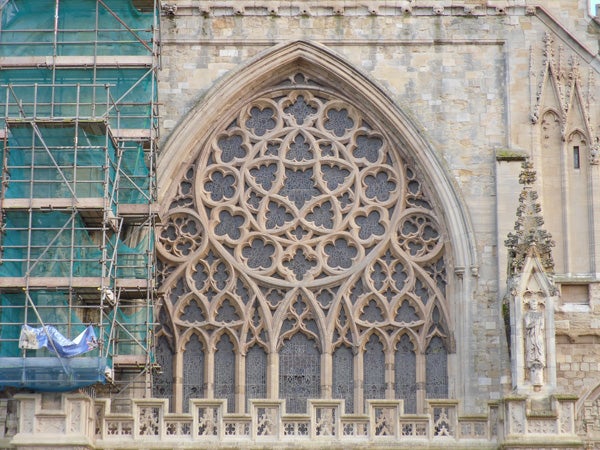
Here’s the usual detail test shot of the West Window of Exeter Cathedral, for you to compare with other cameras. See below for a full res crop, or click to see the whole picture. The downloadable file is approximately 4.75MB.
—-
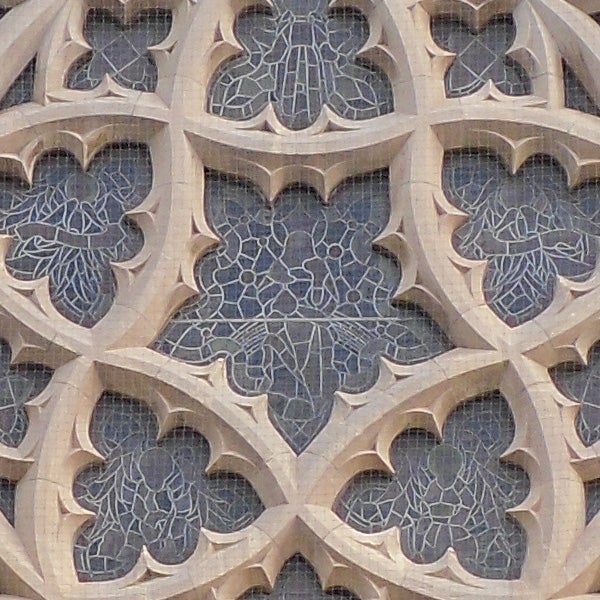
Although the level of detail is quite high, the image is poorly processed and over-sharpened.
—-
”Here are some general test shots to help evaluate the camera’s overall image quality, including dynamic range, colour rendition and the zoom range of the lens. Some pictures may be clicked to download the full size original image. ”
—-
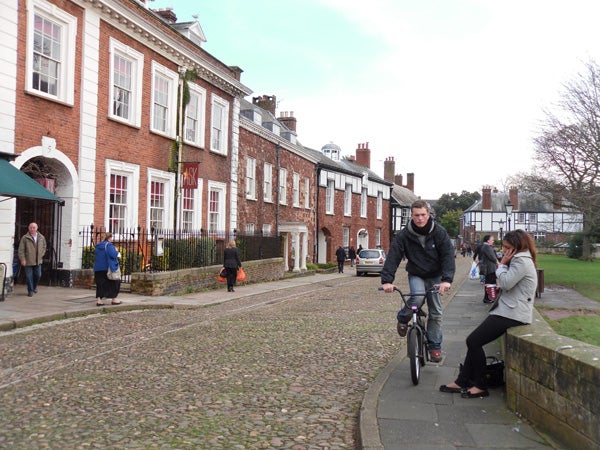
The wide angle end is equivalent to 35mm. The blue of the sky has been rendered as a turquoise green.
—-
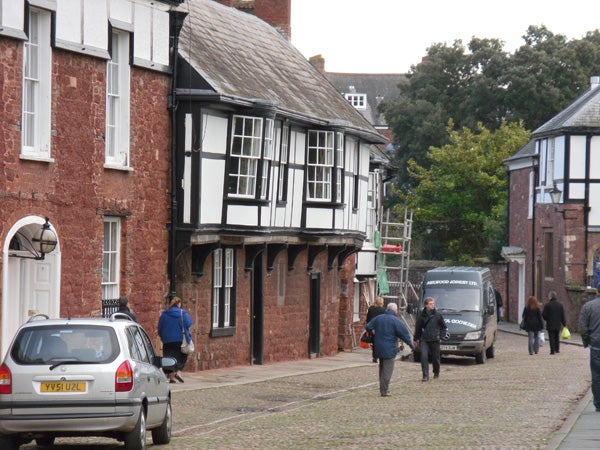
The telephoto end is equivalent to 175mm.
—-
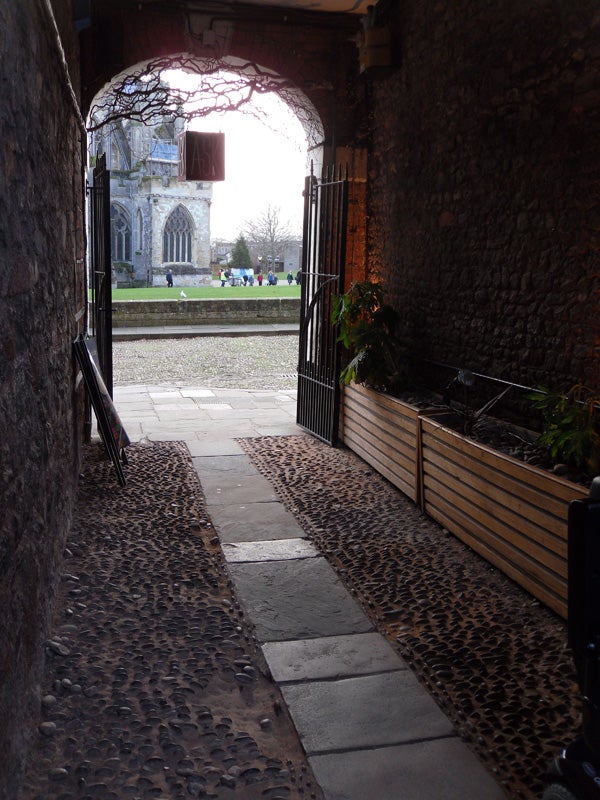
Although there is detail in the shadow area, it is due to over-exposure. The highlight areas are completely burned out.
—-

The colours in this shot are not accurately rendered. The reds look pink, and the bues have a greenish tinge.
—-
Trusted Score
Score in detail
-
Value 9
-
Image Quality 7
-
Build Quality 8
Features
| Camera type | Digital Compact |
| Megapixels (Megapixel) | 12.2 Megapixel |
| Optical Zoom (Times) | 5x |

